A physiognotrace is a machine used to automate the production of silhouette portraits. Previously an artist would cut these out by hand. Although this was actually very quick to do, the demand for these types of portrait in the 1700s was so great that a Frenchman named Gilles-Louis Chrétien invented the physiognotrace (also spelled without the ‘g’) to speed things up even more.
Your subject would sit in profile and the physiognotrace used a pantograph (a metal arm made up of pivoted levers) to transmit the tracing to an engraving needle via an eyepiece. This made it easy to produce multiple copies, as well as aquatints, which are much more detailed portraits. The physiognotrace is considered a precursor to the camera, as it allowed artists to reproduce someone’s likeness in a fairly short space of time.
Physiognotrace is a portmanteau, i.e. two words smooshed together, of ‘physiognomy’ and ‘trace’ (you probably don’t need to be Susie Dent to figure that out).
Before photography, silhouette portraits were the cheapest way to record someone’s appearance. They’re named after Étienne de Silhouette, a French finance minister who was forced to impose austerity measures on France during the Seven Years’ War. Obviously no one liked that, and therefore him, so it wasn’t long before his name became synonymous with anything done on the cheap, including these little portraits, where it stuck.
Here’s a physiognotrace in action (accompanied by some very calming music).
A portrait made by a physiognotrace
I’d know that silhouette anywhere





